Coordinated attacks hit France’s rail network on opening day. Saboteurs targeted five signal boxes and electricity installations. The attacks occurred between 1:00 AM and 5:30 AM.
SNCF, France’s state-owned rail company, called it a “massive, large-scale attack.” Did you know? The Paris Olympics are the first to feature an opening ceremony outside a stadium, with plans to parade athletes along the Seine River.
High-Speed Havoc: TGV Network Paralyzed by Strategic Strikes
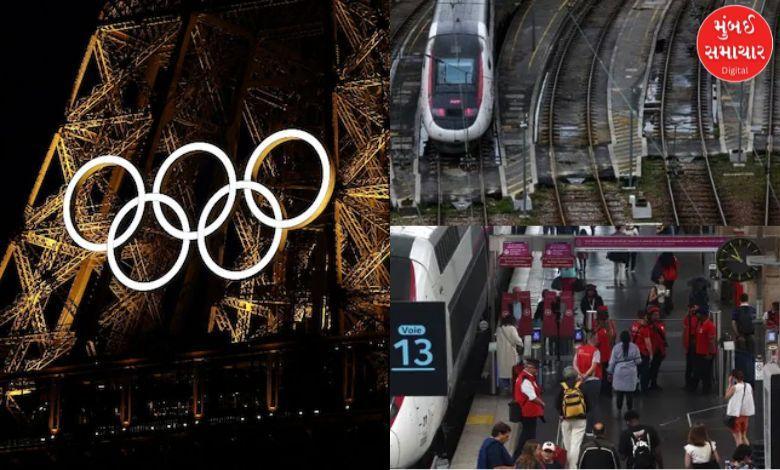
Attackers chose crucial points on the high-speed TGV network. Sites near Le Mans, Metz, and Arras were affected.
One attack near Paris was foiled by maintenance workers. The sabotage caused immediate and widespread disruption. The TGV network typically serves over 110 million passengers annually.
Olympic Dreams and Vacation Nightmares Collide on Tracks
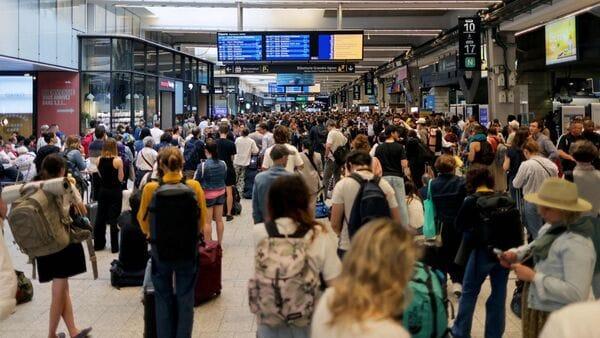
July 26 marked both the Olympics opening and vacation exodus. Hundreds of passengers were stranded at major Paris stations. Trains to London, Brussels, and Amsterdam faced delays.
The attacks threatened to overshadow years of Olympic planning. As officials scrambled to reroute trains, would they manage to salvage the day’s festivities?
Security Measures Tested: Urban Defense vs Rural Vulnerability
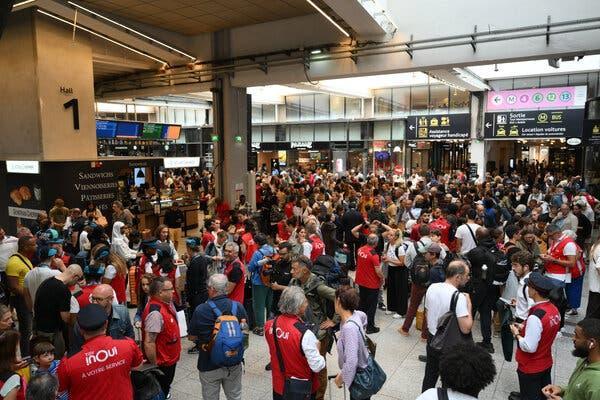
Paris deployed thousands of police and soldiers for the Olympics. Central streets were blocked, and metro stations closed. However, rural rail infrastructure proved vulnerable.
The attacks exposed a potential blind spot in security planning. Historical fact: The last time Paris hosted the Olympics was in 1924, exactly 100 years ago.
Investigation Launched: Hunt for Saboteurs Intensifies Rapidly
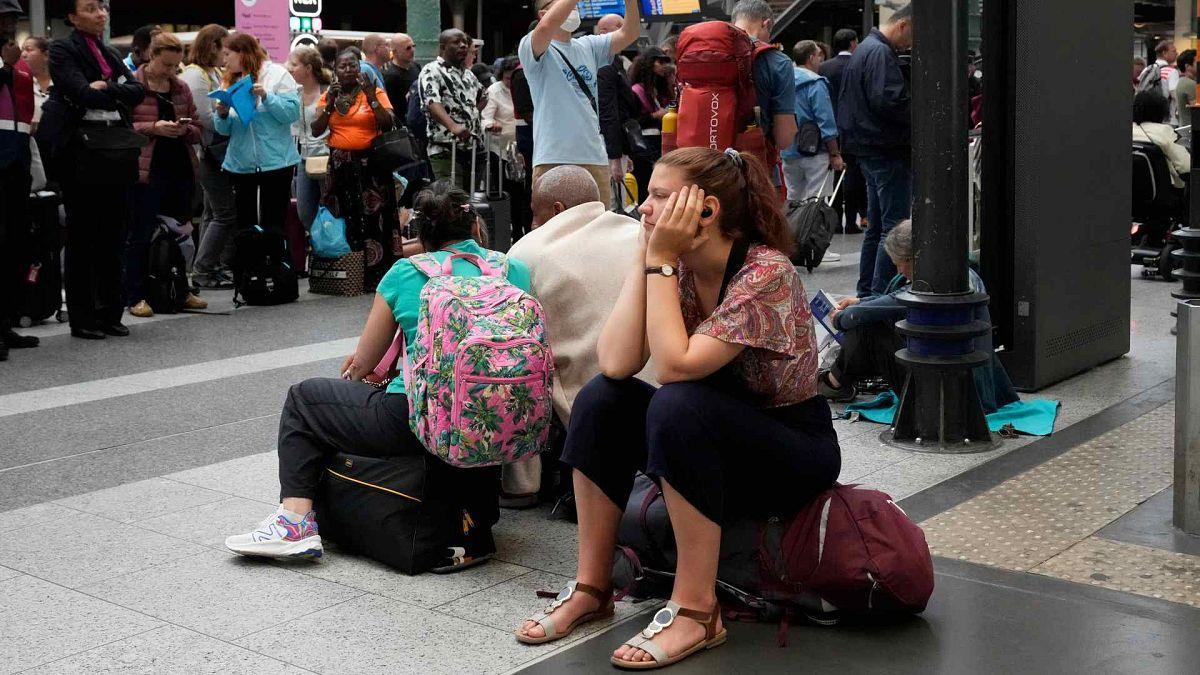
Prime Minister Gabriel Attal announced a major investigation. Intelligence services and law enforcement were mobilized. Authorities found evidence of deliberate fires and incendiary agents.
The search began for suspects who fled in vans. With the clock ticking, could investigators identify the culprits before they struck again?
Olympic Flame’s Journey: Earlier Attempts at Disruption
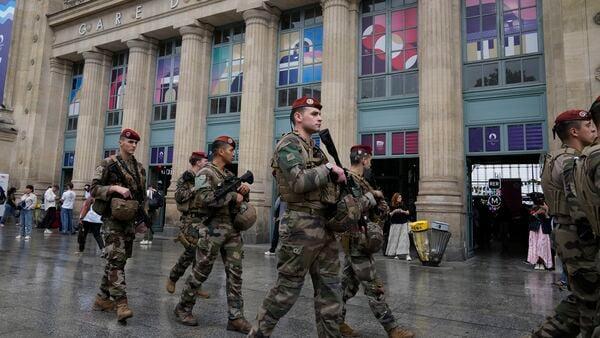
Incendiary devices were found on a TGV line in May. The discovery coincided with the Olympic flame’s arrival in Marseille. Authorities had been on alert for months.
The torch relay faced several disruption attempts. Did you know? The Olympic flame is lit in Olympia, Greece, using a parabolic mirror to focus sunlight.
Speculation Swirls: Extreme Left or Foreign Interference?
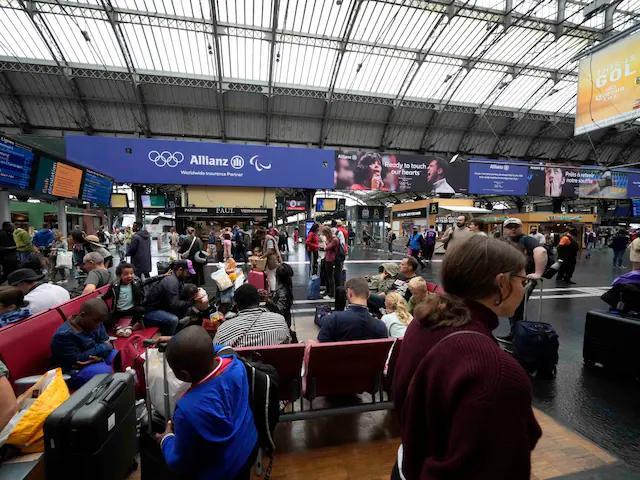
A security source suggested extreme left involvement. However, officials urged caution about premature conclusions.
The investigation remained open to all possibilities. Would the true identity of the saboteurs shock the nation?
Olympic Security Screening: Nearly One Million Vetted
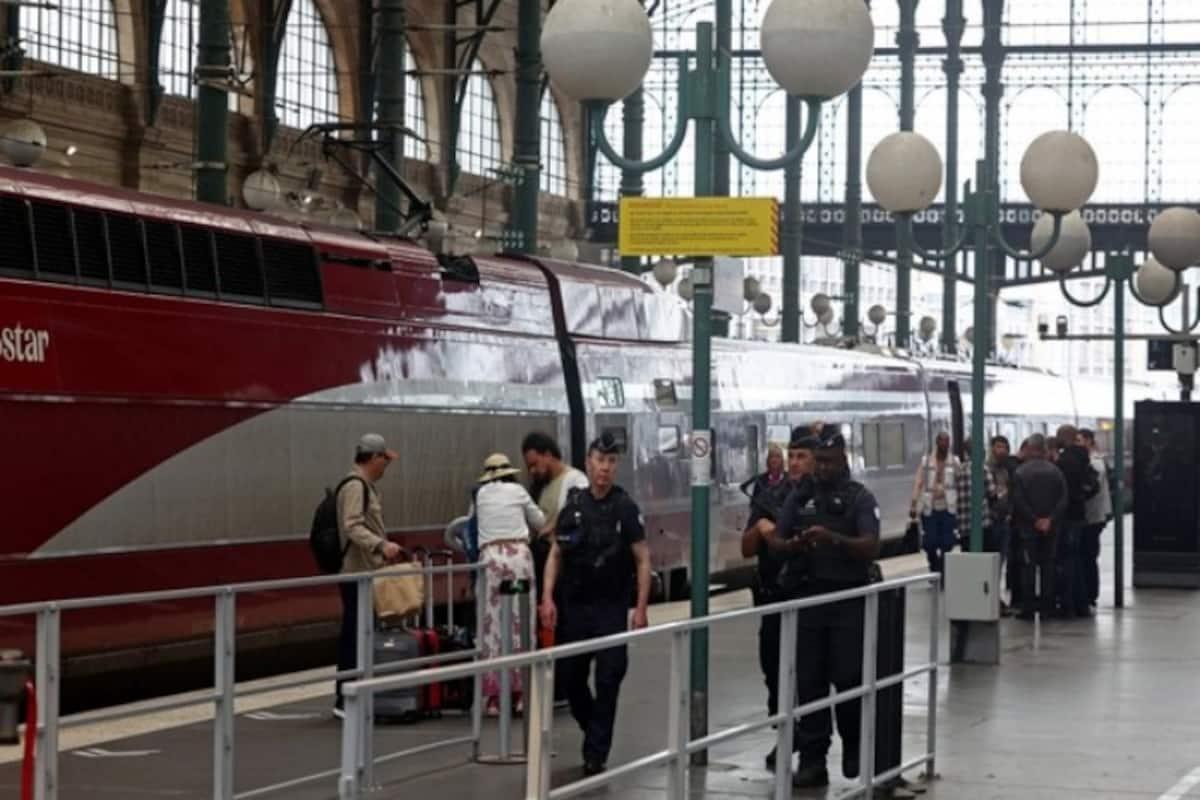
Authorities screened almost one million Olympics-related individuals. Over 3,500 people were barred from the Games. Security checks covered athletes, coaches, and volunteers.
The vetting aimed to prevent insider threats. The Paris Olympics will feature 10,500 athletes from 206 nations.
Rural Infrastructure: The Achilles Heel of Olympic Security
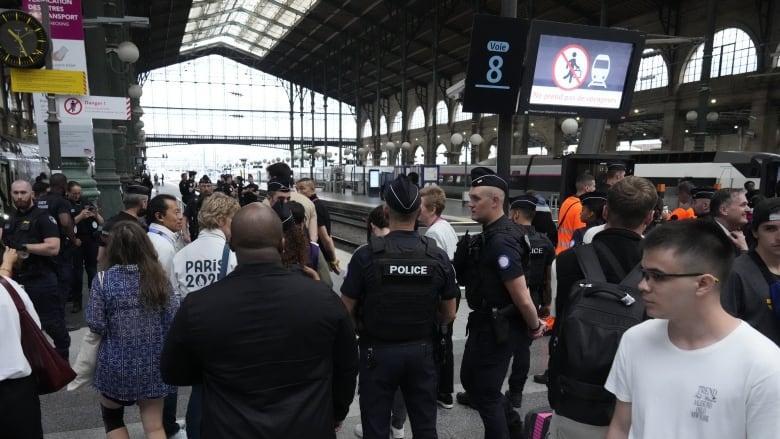
Unguarded rural sites proved challenging to protect. The attacks targeted seemingly innocuous locations. These sites were critical junctions for the rail network.
The sabotage highlighted the vulnerability of dispersed infrastructure. The first modern Olympics in 1896 had just 241 athletes from 14 nations.
Terrorism Concerns: A Persistent Shadow Over Major Events
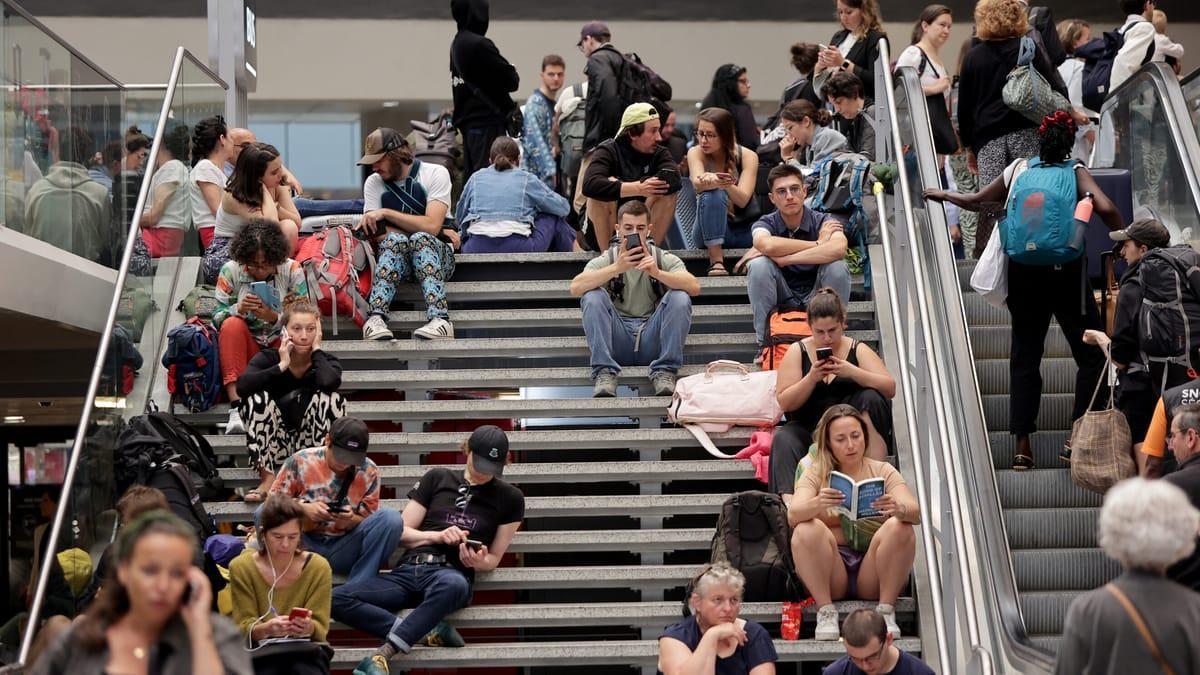
Despite extensive preparations, the specter of terrorism loomed over the Olympics. As the opening ceremony approached, could officials guarantee the safety of spectators and athletes?
Officials worked to minimize disruption to Olympic events. The rail network scrambled to reroute trains.

